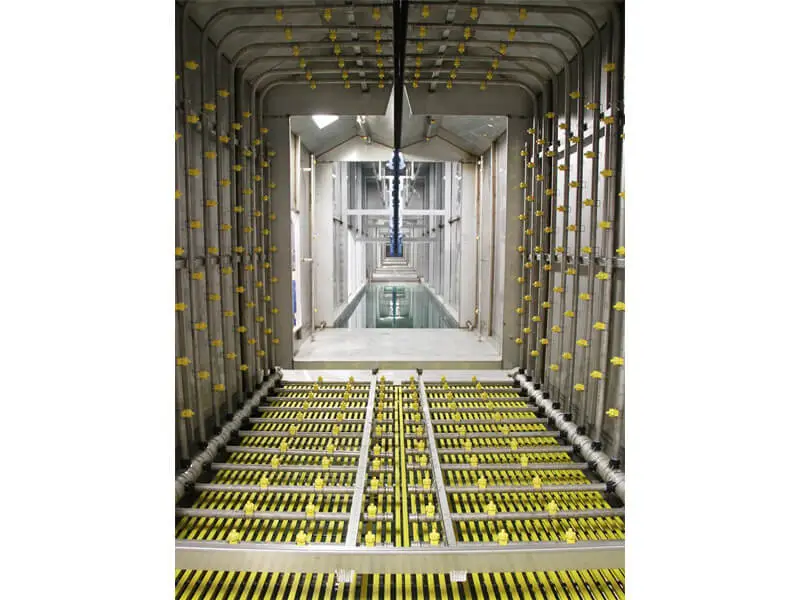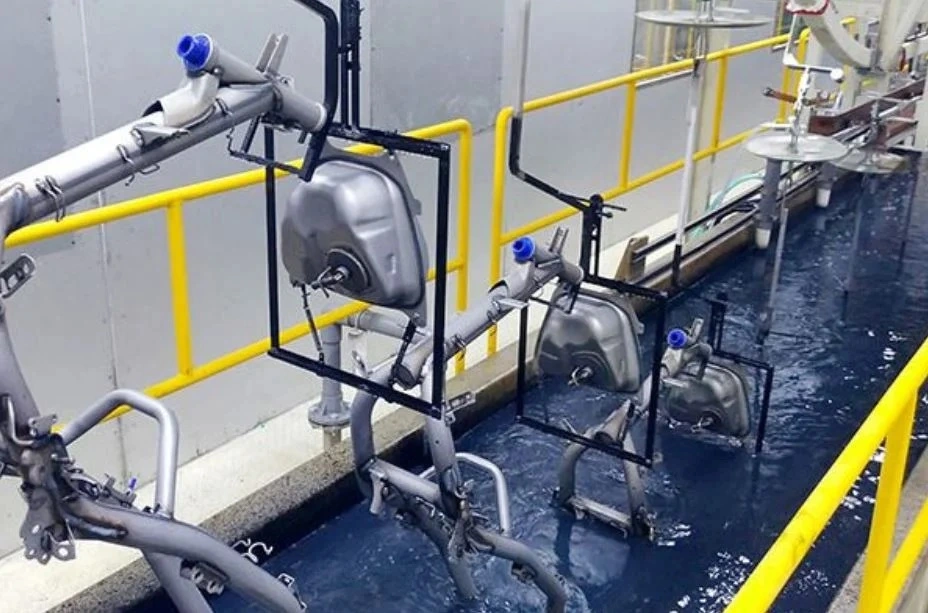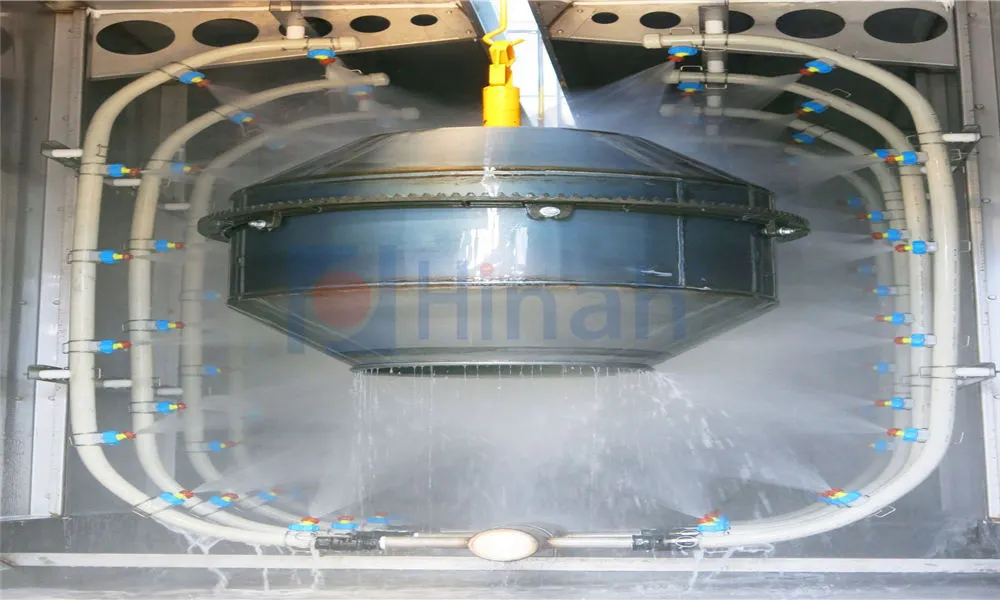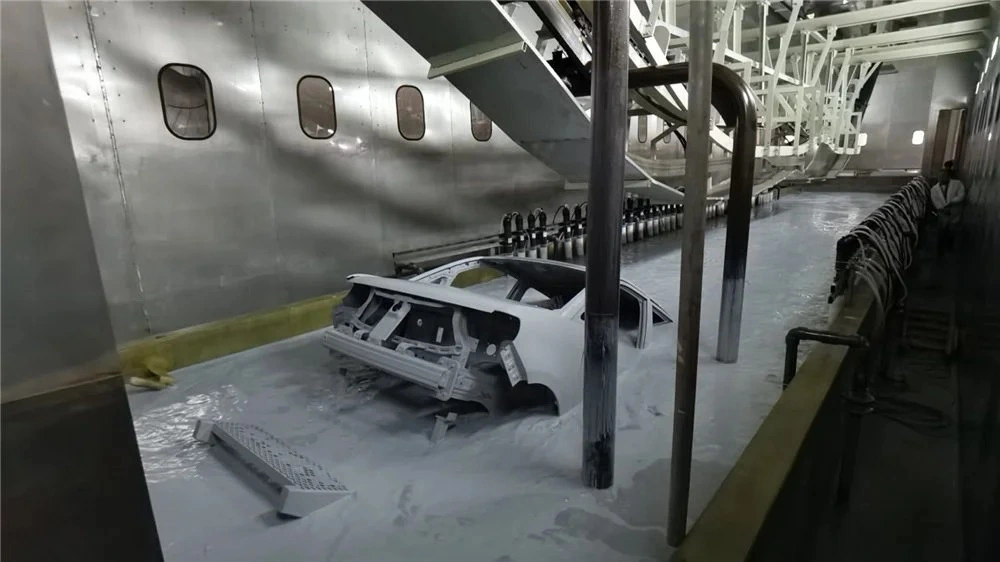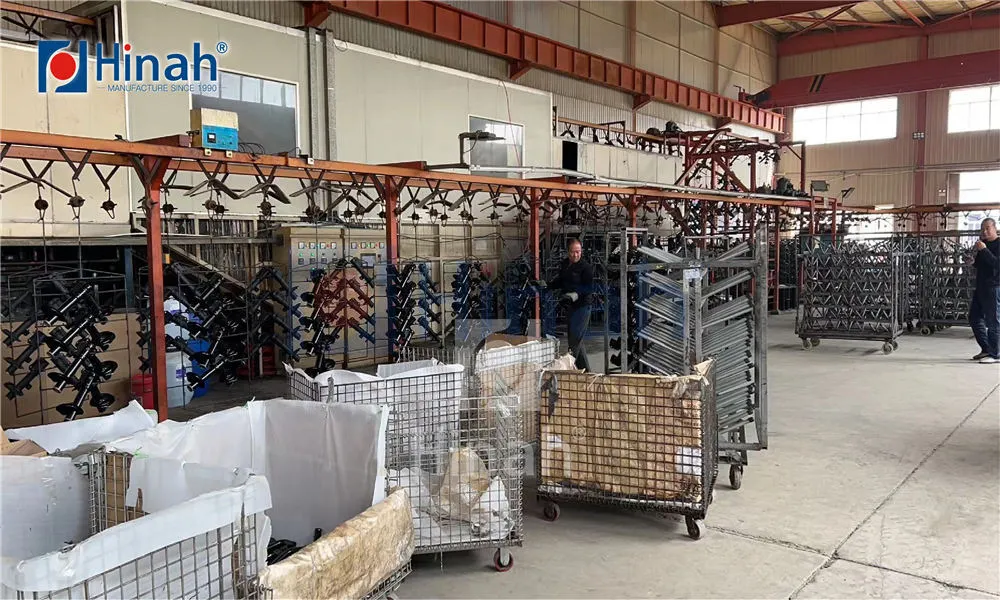If you're researching "powder coating oven price," you're likely realizing that getting a straight answer isn't easy. The cost isn't a single number but a spectrum influenced by a dozen factors. Whether you're a startup workshop owner or a production manager scaling operations, understanding this investment is crucial. This article cuts through the noise to give you a clear, detailed breakdown of what drives the price of a powder coating oven and how to make a smart purchasing decision.
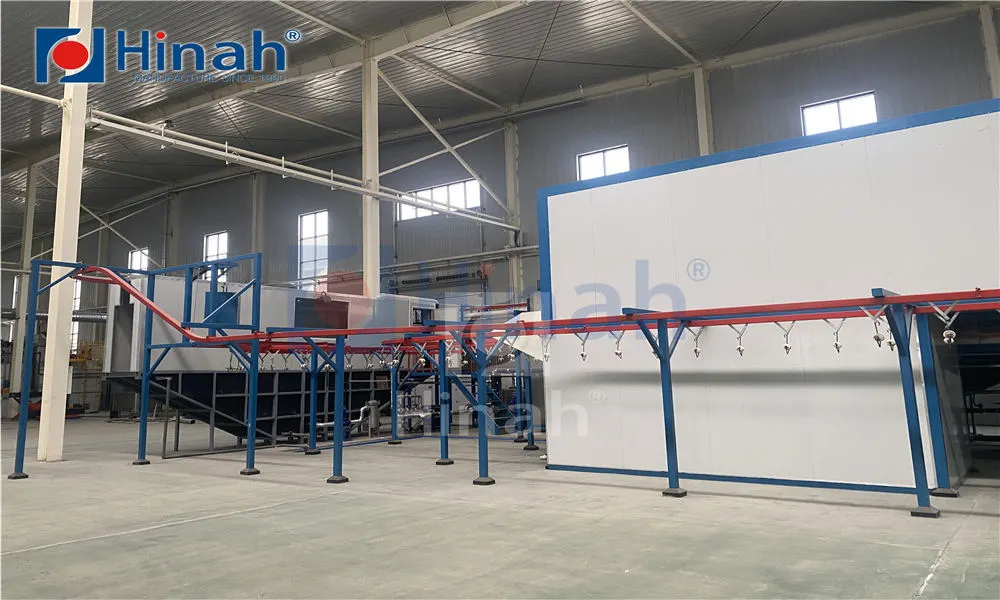
What Exactly Are You Paying For?
A powder coating oven, or curing oven, is more than an insulated box with a heater. It's a precision-engineered piece of industrial equipment designed to evenly and consistently heat a metal product to a specific temperature for a set time. This process, called curing, melts the powder into a smooth, durable finish. The price you pay reflects the engineering, materials, and controls that ensure this happens reliably, day in and day out.
Key Factors That Dictate Your Final Powder Coating Oven Price
The final number on your invoice is a sum of many parts. Here are the primary cost drivers:
1. Oven Size and Production Capacity
This is the most significant factor. Ovens are priced largely by their internal volume and the amount of product they can handle.
Benchtop Ovens: Ideal for small parts, prototypes, or hobbyists. These are the most affordable, often starting at a few thousand dollars.
Batch (or Walk-In) Ovens: These are large enclosures where entire racks of parts are rolled in and cured in batches. Price increases dramatically with size (e.g., 8'x8'x8' vs. 20'x20'x10').
Conveyorized (Continuous) Ovens: Used for high-volume production, where parts are continuously moved through on a conveyor. This is a premium system where the powder coating oven price can reach tens or even hundreds of thousands of dollars, factoring in the conveyor system itself.
2. Heat Source and Heating Technology
The method used to generate heat directly impacts performance, operating costs, and the initial purchase price.
Electric: The most common and easiest to install. They provide clean, dry heat and offer excellent temperature control. Generally, they have a lower upfront cost but can be more expensive to operate depending on local electricity rates.
Gas (Natural or Propane): Typically have a higher initial cost but much lower operating costs, making them the economical choice for high-volume shops. They require proper ventilation and gas line installation.
Infrared (IR): IR ovens use radiant energy to cure the coating from the outside in. They can be much faster and more energy-efficient for certain part geometries, but the curing can be uneven on complex shapes. Their price point is often competitive with electric or gas for the right application.
3. Insulation and Construction Quality
A cheap oven might skimp on insulation, leading to high heat loss, unsafe external temperatures, and massive energy bills. A quality oven will have thick, high-density mineral wool or fiberglass insulation. The construction should feature robust, welded steel frames and durable paneling. This upfront investment saves a significant amount of money over the oven's lifespan.
4. Control Systems and Automation
From a simple dial thermostat to a fully programmable digital controller with data logging, the level of control varies widely.
Basic Controls: Suitable for simple, repetitive work.
Programmable Logic Controllers (PLCs): Allow for complex curing profiles, multiple recipes, and integration with other equipment. This adds to the powder coating oven price but is essential for repeatability and quality control in a professional setting.
5. Customization and Special Features
Standard, off-the-shelf ovens are cheaper. However, if you need special features, the price will increase. This includes:
Custom door configurations
Explosion-proof ratings for certain powders
Corrosion-resistant interiors (e.g., for curing parts with high exposure to elements)
Specific airflow patterns (downdraft, updraft, horizontal) for optimal finish quality.
A Realistic Price Range for Powder Coating Ovens
To give you a tangible idea, here are some approximate price ranges. Remember, these are for the oven itself and may not include shipping, tax, or installation.
Small Benchtop Oven: $2,000 - $7,000
Perfect for small businesses, hobbyists, or curing samples.
Standard Walk-In Batch Oven (e.g., 10'x10'x8'): $15,000 - $40,000+
The workhorse for many job shops and manufacturing facilities. The final powder coating oven price here depends heavily on insulation, controls, and heating system.
Industrial Conveyorized Curing Oven: $50,000 - $200,000+
A major capital investment for high-throughput production lines. The price includes the conveyor mechanism and sophisticated control systems.
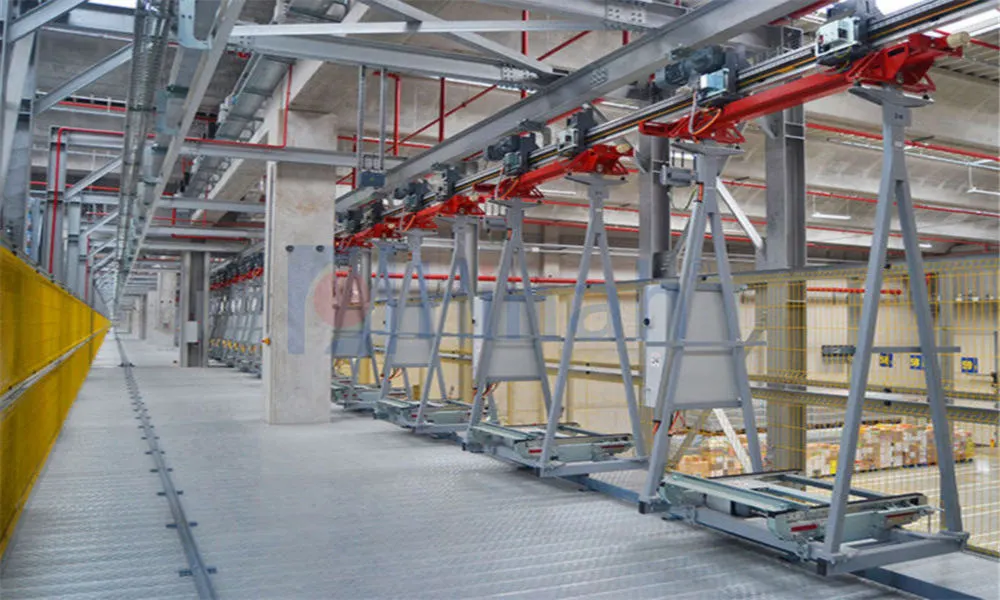
Beyond the Sticker Price: The Total Cost of Ownership
When evaluating a powder coating oven price, it's critical to look beyond the initial purchase.
Installation & Ventilation: Costs can range from a simple electrical connection for a small oven to thousands for pouring a concrete pad, running gas lines, and installing exhaust stacks for a large industrial unit.
Energy Consumption: This is your biggest ongoing cost. A well-insulated, gas-powered oven will have a higher upfront cost but can save you thousands per year in utilities compared to a poorly insulated electric model.
Maintenance: Regular maintenance of heating elements, burners, fans, and controls is necessary. Factor in the cost and availability of spare parts.
How to Choose the Right Oven for Your Budget and Needs
Making the right choice involves balancing your current needs with future growth.
Analyze Your Workflow: What are the dimensions of your largest typical part? What is your daily or weekly production volume? Do you cure different products that require different temperatures? Answering these will define the required size and type.
Calculate Operating Costs: Get quotes on both electric and gas models and estimate your monthly energy usage. A slightly higher powder coating oven price for a more efficient model often pays for itself.
Prioritize Quality and Safety: Don't be tempted by the cheapest option if it has poor insulation, thin metal, or subpar electrical components. This is a safety risk and a money pit.
Get Multiple Quotes: Reputable suppliers will provide detailed quotes that break down the equipment, options, and estimated installation requirements. This allows for a true apples-to-apples comparison.
Consider Future-Proofing: If you plan to expand, it may be wiser to invest in a slightly larger oven or one with more advanced controls now, rather than needing to replace it in two years.
Investing in a powder coating oven is a significant decision. By focusing on the total value—including quality, efficiency, and suitability for your application—rather than just the initial powder coating oven price, you will make a choice that benefits your business for years to come.
Frequently Asked Questions (FAQs)
Q1: What is the typical price range for a small-scale powder coating oven for a startup business?
A1: For a startup or small business, a well-built batch oven suitable for handling a variety of parts typically falls in the $15,000 to $30,000 range. This would get you a well-insulated walk-in oven, perhaps 8x8x8 feet in size, with a reliable electric or gas heating system and basic digital controls. The final powder coating oven price will depend on your specific size requirements and chosen features.
Q2: Besides the oven itself, what other costs should I budget for?
A2: The initial powder coating oven price is just one part of the cost. You must also budget for installation, which can include electrical or gas hookups, ventilation ductwork, and potentially a new concrete pad. Other associated costs are the powder coating gun and power supply, a air compressor, and the pretreatment washers for cleaning and prepping the metal before coating.
Q3: Is a gas or electric oven more cost-effective in the long run?
A3: While electric ovens often have a lower upfront cost, gas ovens are almost always more cost-effective to operate if you have access to natural gas. Natural gas is significantly cheaper than electricity per unit of energy in most regions. For a high-volume shop, the savings on energy bills can justify the higher initial powder coating oven price of a gas model very quickly.
Q4: Can I build my own powder coating oven to save money?
A4: While it is technically possible, it is generally not recommended for any commercial or professional application. Building a safe and effective oven requires engineering knowledge of heat distribution, airflow, and insulation. Critical safety issues, such as proper ventilation of fumes and preventing fire hazards, make this a risky endeavor. A professionally manufactured oven is a certified, reliable, and safe asset.
Q5: How does the size of the part directly affect the powder coating oven price?
A5: The size of your largest part dictates the internal dimensions of the oven you need. The relationship is not linear; a doubling of the internal volume requires more than double the materials, insulation, and heating capacity. This is why the powder coating oven price increases significantly as you move from a 4-foot cube to an 8-foot cube. It's crucial to provide suppliers with the exact dimensions of your parts for an accurate quote.


